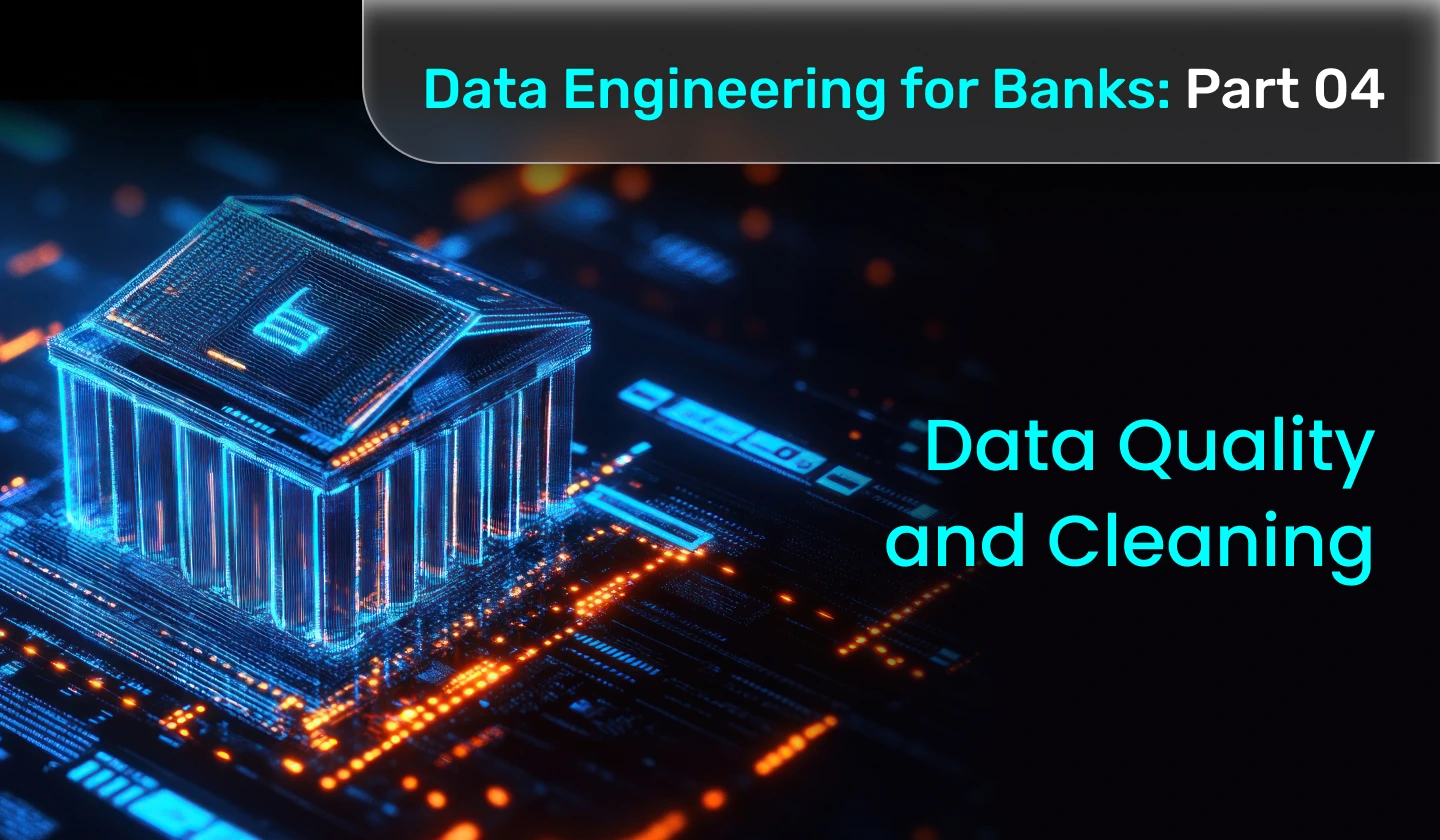“Every file I touch feels like a mountain of documents, numbers, and risk factors. I just wish there was a way to see it all clearly and make the right call faster.”
If that sounds familiar, we get it. Underwriting is a constant balancing act between speed, accuracy, and risk. Every loan application or insurance policy brings a new puzzle. The stakes are high, deadlines are tight, and one missed detail can change an entire decision.
And across regions, underwriters face growing pressure.
→ Regulators demand transparency
→ Customers want instant approvals
→ Data volumes keep climbing
Agentic AI for underwriting gives teams a way to handle this pressure. Intelligent agents read, analyze, and structure data, prepare risk insights, and surface decision-ready files, so underwriters can focus on judgment, exceptions, and strategy.




 15 mins
15 mins











 Talk to Our
Consultants
Talk to Our
Consultants Chat with
Our Experts
Chat with
Our Experts Write us
an Email
Write us
an Email





